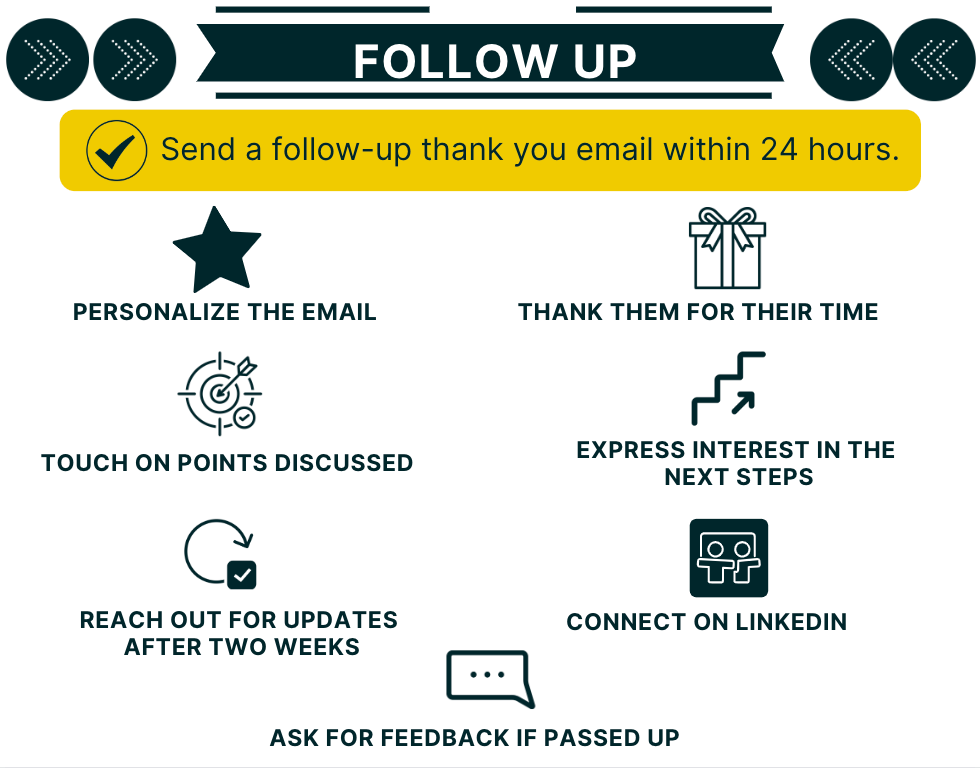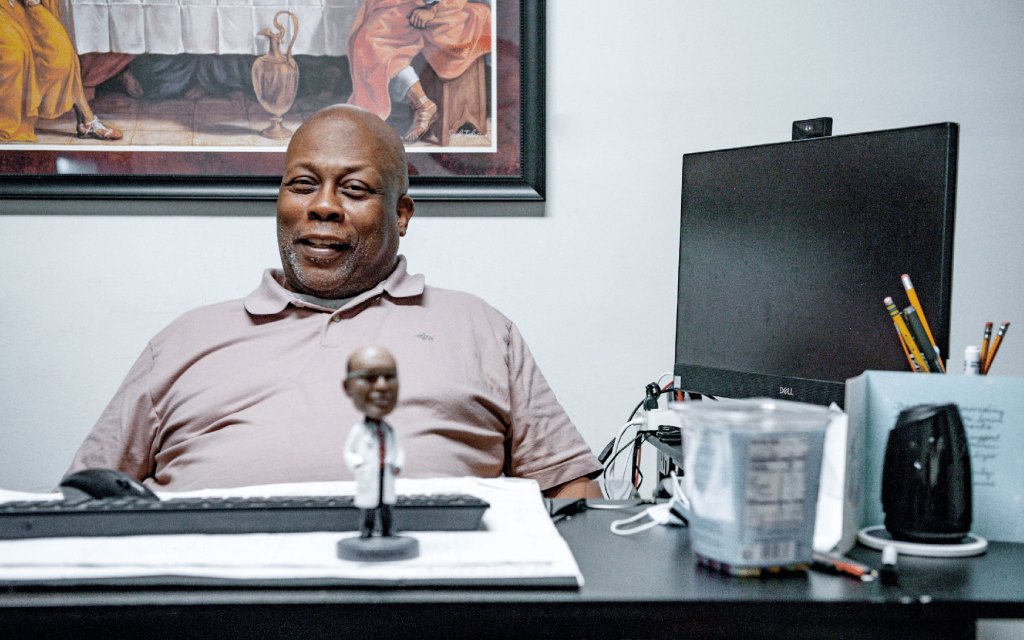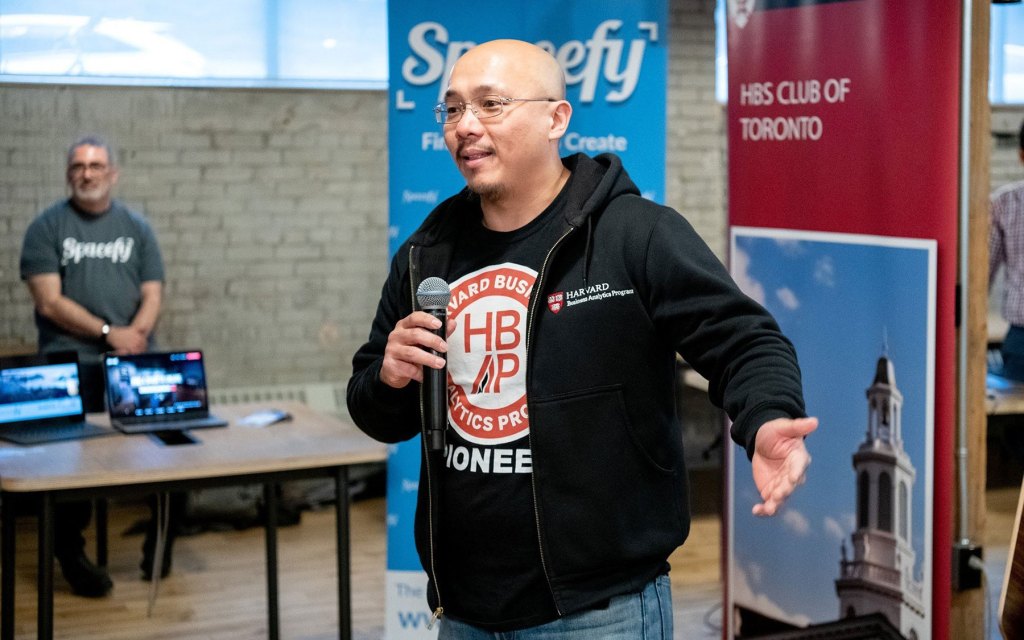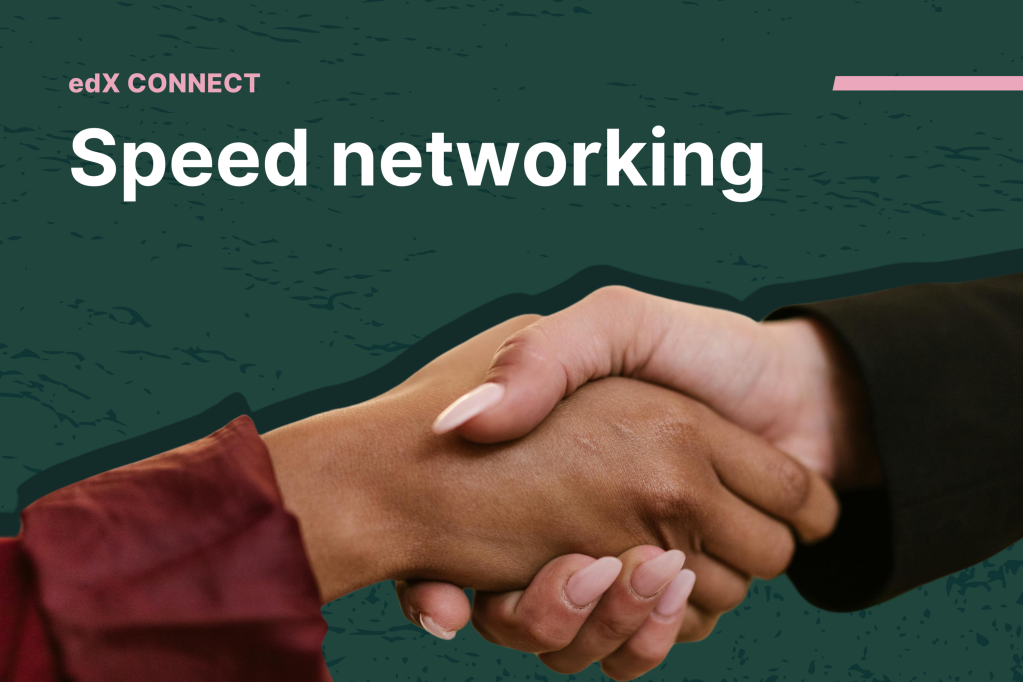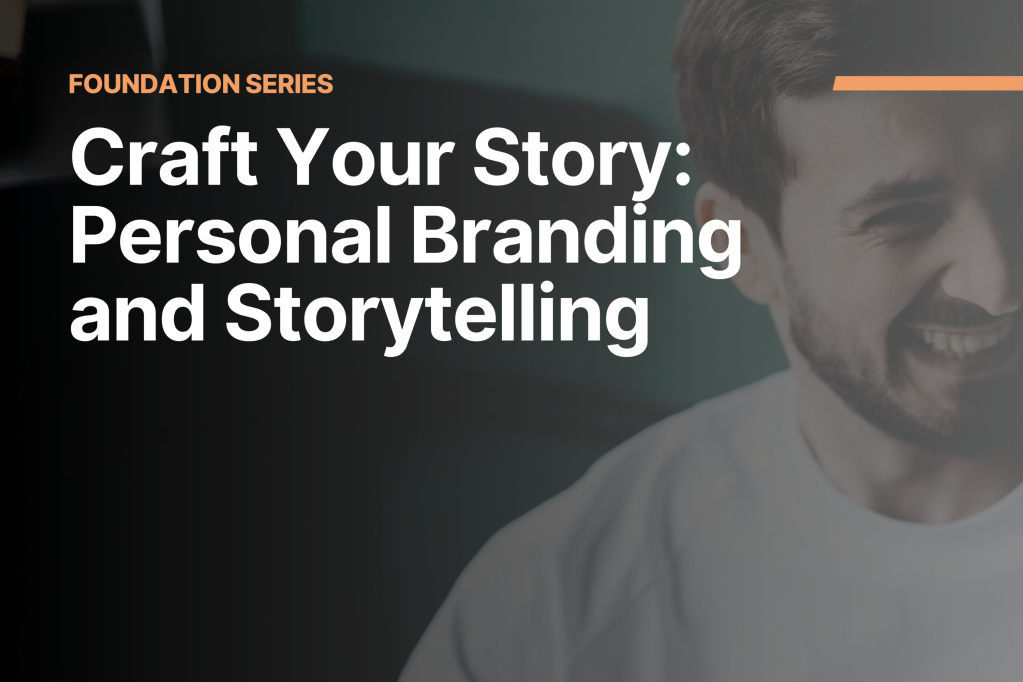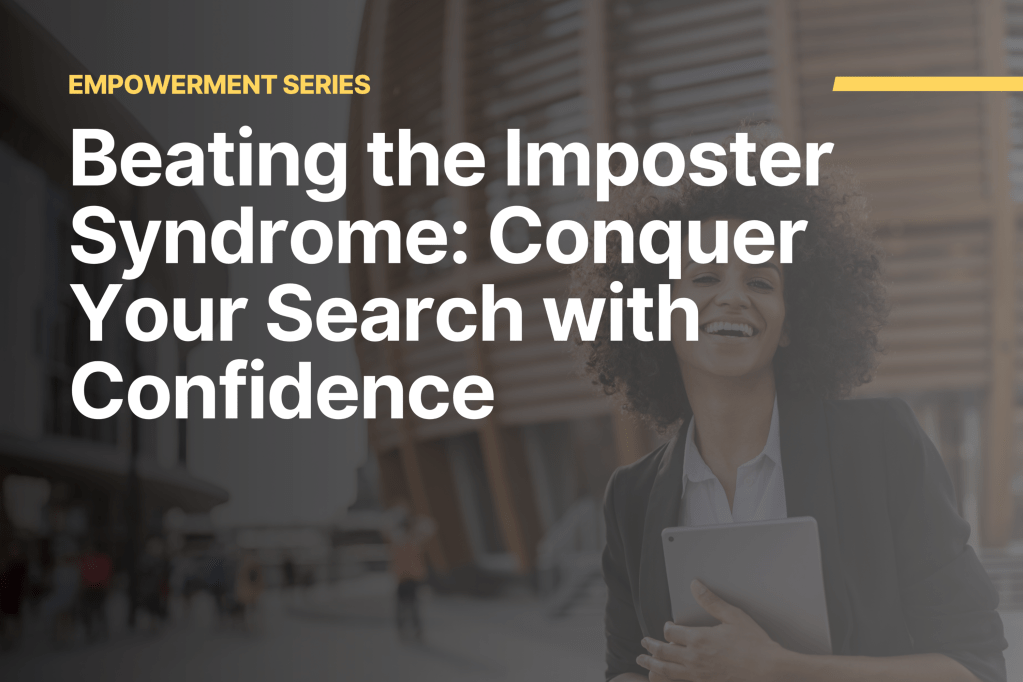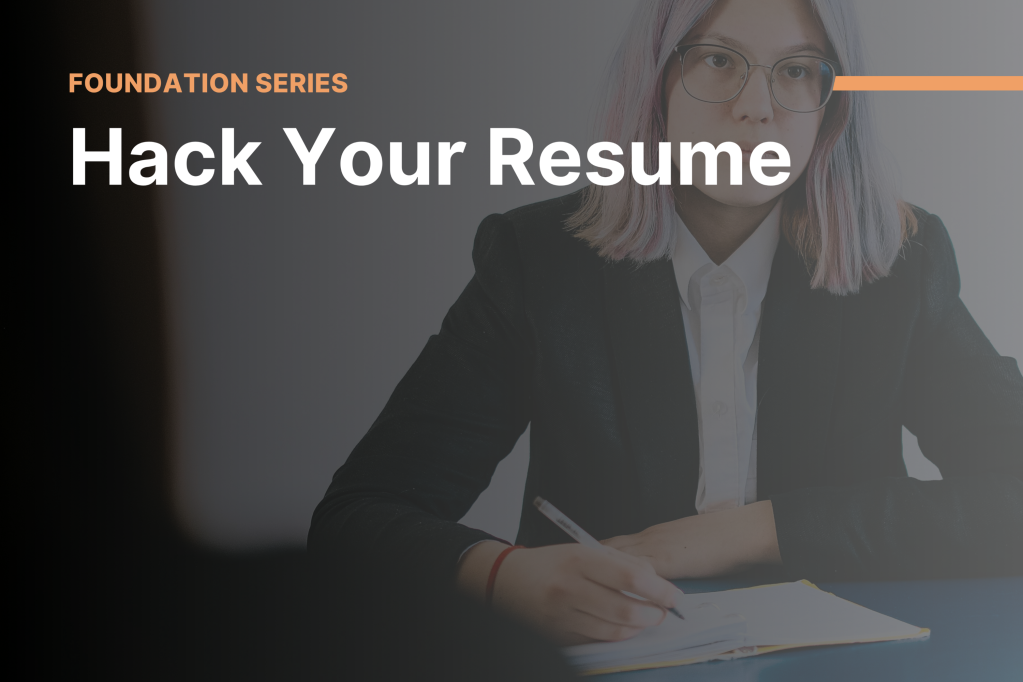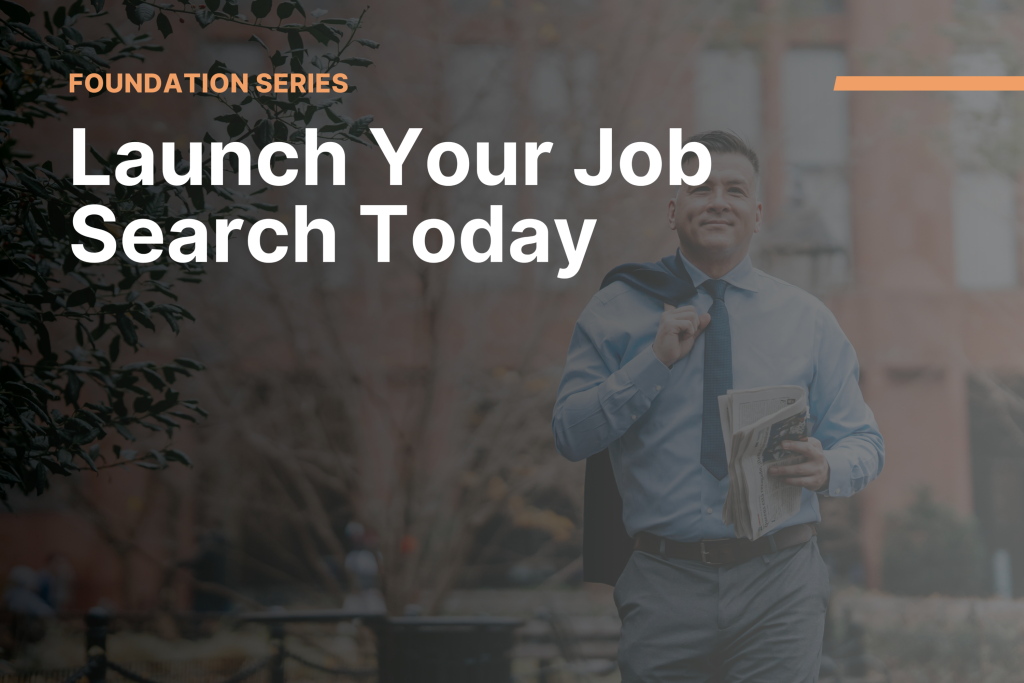
About Interviewing
According to a Payscale study, 42% of the nearly 200 HR professionals rated “confidence” as one of the most admirable traits in a candidate. Competitive candidates understand how to confidently speak about their technical and transferable skills in ways that sell their professional value to employers.
Note: informational interviews are “when applicable” for certain regions or countries such as Mexico.
Behavioral Interviewing
Behavioral interviews consist of concise, yet detailed, descriptions of past professional accomplishments and experiences with emphasis on how you react in different situations. Employers listen to your stories to evaluate if you have the skills and experience to meet their job requirements and have values aligned with their company.
The secret to nailing a behavioral interview is to reveal thoughtful stories that are consistent with your brand and illustrate your strengths and professional value. Be sure to attend workshops for more tips on behavior interviews, or field-specific interview tips.
Behavioral Interviewing Checklist
Before the Interview:
- Submit your materials for review.
- Practice your elevator pitch and develop interview questions.
- Research the company.
- Create a list of questions for the interviewer.
The Interview:
- Dress professionally – match the company culture.
- Use the S.T.A.R. method (Situation, Task, Action, Result) to answer behavioral questions.
- Demonstrate your passion and commitment to continued growth and learning.
- Ask your prepared questions!
After the Interview:
- Send a ‘Thank You’ note to all interviewers ASAP.
- Follow up within 7 business days.
Successful Behavioral Interviewing
Your personal brand qualities are evident in responses.
- Elevator pitch (based on your personal brand statement) should be clear and polished to open the interview.
- Qualities in your elevator pitch should come through in your responses throughout the interview— use your “stories” to highlight those qualities again and again.
You use results-driven language.
- Describe specific skills/accomplishments using the S.T.A.R. method (Situation, Task, Action, Result). See resources below for additional information, or join one of our interview workshops!
- Provide specific examples for clear evidence of your skills and accomplishments.
Yours answers are clear and succinct.
- Concise yet descriptive.
- If needed, ask for a minute to think.
You’ve researched the company.
- Be prepared with specific questions to ask about the company.
- Questions should reflect that you are listening and engaged in the conversation.
- Respond to questions with specifics about the company to demonstrate your research.
You use positive body language.
- Lean forward, nod, track the conversation, and sustain eye contact.
- Smile at appropriate times and maintain a cool, confident (but not cocky) demeanor.
You are professional and prepared.
- Arrive early.
- Ensure a quiet place for a phone interview.
- Dress appropriately.
You follow up after the interview.
- Send a follow-up email within 24 hours to thank them for taking time to meet with you. In the personalized email, touch on points discussed in the interview and express interest in next steps.
- Connect with your interviewers on LinkedIn.
- Follow up for an update after two weeks.
- If passed on for the position, ALWAYS ask for feedback.
Q&A SAMPLES
Tell Me About Yourself.
This question is used as an initial icebreaker.
- There is no “right” answer, but it should have a solid structure.
- Include a concise overview of your past, present, and future.
- Include education, experience, and relevant skills.
- This is an opportunity to connect the role and your background.
“With an undergrad degree in math, I joined the Air Force as an analyst and was able to leverage my quantitative and problem-solving skills in the finance industry. It became clear that cybersecurity was a top priority so I taught myself networking and Linux to help my team. In fact, during my boot camp I worked on a project focused on networking traffic and security. I hope to apply the skills I learned in the military, the private sector, and the boot camp to the networking security strategist role here. Moving forward, I want to help bridge the gap between your product and how government projects can be developed more securely.”
Pro Tip: Use your brand statement to help you build your answer to this question. Check out our career interview guide! Remember to save a copy or download it.
Give Me an Example of a Time When…
Tell a story with a problem, actions, and results.
- Prepare a list of transferable skills to highlight.
- It’s okay to wait ten seconds before responding to gather thoughts.
“The first example that comes to mind is when we started a new project with a demanding client who we wanted to impress. The initial timeline was not realistic and there were blockers around the amount of network traffic. I addressed my concerns and we delivered a new proposal for an MVP—pardon the lingo I mean minimum viable product, by the deadline for additional resources needed to hit the new target. After resetting expectations, we delivered early. That company has been doing business with us for the past two years and cited our clear communication as a reason they’ve continued the partnership just last week in our annual check.”
Pro Tip: Use S.T.A.R. / C.A.R. / P.A.R. to effectively answer these questions using a narrative framework.
What is Your Salary Requirement?
Do your research about the role and company.
- Know your “low bar” or “walk away” salary number.
- Identify what makes you unique.
- Acknowledge federal and local laws around salary.
- Always discuss salary with a live person.
- Consider the entire package of an offer.
“I have done some research and considering my background in biology and the upskilling I bring to the table, I would be comfortable between $65,000 and $70,000 a year as a base salary. Given the role I would be playing on the team, I feel that range reflects the importance and expectations of the position.”
Pro Tips: Give a salary range up front; only negotiate a specific salary number during a formal offer and let the employer state a number first. In addition, check out our career salary resource guide! Remember to save a copy or download it.
Step-by-Step Guide to Interview Prep
About Behavioral Interviewing
What is a behavioral interview?
In a behavioral interview, you’re asked to describe your past professional accomplishments and experiences with an emphasis on how you reacted in different situations. Employers listen to your stories to evaluate if you have the skills and experience to meet their job requirements and fit the company culture. They’re also looking for demonstrated evidence of your skills, not just general statements.
By the end of a successful behavioral interview, competitive candidates will have:
- Built rapport with the interviewer.
- Demonstrated confidence.
- Communicated willingness to work on a team.
- Shared stories that:
- Tell a coherent personal narrative consistent with their brand statement.
- Demonstrate that they understand what the employer is seeking.
- Provide evidence that they meet the requirements of the job.
- Asked questions that demonstrated knowledge of the company.
Preparing Your Stories
Preparing for an interview takes time. Plan to put aside time to outline your experiences, research potential employers, and to plan for logistics. You may want to copy/paste the prompts below into a Google or Word document for easy editing .
Step 1: Review your personal brand statement.
At this point, you should have your personal brand statement and an elevator pitch complete. Review those to make sure you are comfortable describing yourself in under one minute as an opening or response to the general question, “Tell me about yourself.”
Step 2: Develop specific stories that bring your brand statement to life.
Pick two or three stories that demonstrate the accomplishments and qualities you emphasize in your brand statement. In addition, reflect on experiences where you’ve demonstrated your professional value. Consider skills like:
- Leadership
- Teamwork
- Problem solving
- Influencing others
- Analyzing a problem
- Project managements
Your Elevator Pitch will:
- Match your brand statement
- Open your interview
- Be clear and polished
- Use stories to create personal highlights
- Let your qualities shine through
The S.T.A.R. Method
Use the Situation, Task, Action, and Result (S.T.A.R.) Method, which allows you to tell your story in a compelling and succinct way.
- Complete one S.T.A.R. chart for each story.
- Practice, practice, practice! Each story should take about 3 minutes.
- Find family and friends to listen and offer feedback.
| SKILL or ACCOMPLISHMENT | STORY |
| Situation or Task: Describe the situation you were in or the task that you need to accomplish. Be specific, and provide details. Paint a vivid picture to create clear understanding. | |
| Action: Describe the action you took. Don’t tell what you would do; tell what you did. Use “I” statements, not “we” statements to highlight your contributions. | |
| Result: Explain the results of your action. Focus on positive outcomes and accomplishments. Share what you learned or feedback you received. If applicable, quantify your results. |
Interview language will:
- Use the S.T.A.R. Method for specific accomplishments/skills
- Provide specific examples
- Be results-driven
- Balance concise and descriptive answers
Step 3: Prepare answers to likely questions.
Below are some questions that companies often ask. Write your responses and then practice responding. If you can use your experiences from the STAR exercise above to answer these questions, include those. If you can tie your responses back to your brand statement, even better. Use field-specific language when appropriate, and share specific examples whenever possible.
Tell Me About Yourself
- Answer this question as if you were asked: Why should I hire you? What about your past experience and education will you bring to this position? Use a variation of your brand statement or elevator pitch for this response.
- Why this company?
- What are your career goals?
- Think about this as a way to tell an employer how you would perform and be realistic about where you currently are in your career.
- Tell me about your experience as a [insert job title here] and what qualities you possess that help you in this role.
- What role do you typically play on a team?
- What led you to [insert program name here]?
- Describe the projects you’re most proud of and the most difficult problems you’ve solved. What was your favorite project and why?
- Do you have an online portfolio? If so, please describe some of the projects.
- Be prepared to show and talk about your work.
- How do you keep up to date with new and emerging technologies?Think about your answers to these questions as well.
- Give an example of when you used logic to solve a problem.
- Tell me about how you’ve worked effectively under pressure.
- How do you handle a challenge?
- Have you ever dealt with company policy that you didn’t agree with? How?
- Share an example of how you’ve motivated employees or coworkers.
- Have you handled a difficult situation with another department? How?
- Have you handled a difficult situation with a client or vendor? How?
- What do you do if you disagree with your boss?
NOTE: When you are talking about field-specific projects, be sure not to dive into the specifications too quickly. First, discuss the problem you were trying to solve, the overarching business issues, and the creation and processes. By doing so, you demonstrate your value as both a field expert and a broader company asset.
Know the Employer
A competitive candidate is well-versed in the company before walking through the door. Use the internet and LinkedIn contacts to learn about the company, its culture, and its leadership.
Step 4: Research the company.
Learn as much as you can about the company online and through contacts. Get in touch with people you know on LinkedIn who work at the company. If you can, find out who and how many people you will be interviewing with and whether it will include a general screen, a technical screen, or a combination of both. Research the specific individuals interviewing you.
Research of the company will:
- Help respond to specific questions
- Demonstrate you are listening
- Prepare you to answer and ask specific questions about the company
Use the table below to help you capture notes about the company.
| Company | |
| Job title | |
| Major job responsibilities | |
| Salary | |
| Company leadership (name of the CEO, COO, and other important roles) | |
| Company history | |
| Questions to ask (See Step 5 below) |
Step 5: Think of questions to ask about the company.
Employers almost always ask whether you have questions. Be prepared with at least four questions. Below are potential question topics to brainstorm:
- Company Culture: How do cross-functional teams form? Where do people bring new ideas? Etc.
- Specific Projects: Based on your company research, what were the specifics of a particular project? Results? More to come?
- Role: What should someone in this position accomplish within six months to a year?
Prepare for Logistics
Step 6: Prepare for the logistics of the interview.
While this step may seem obvious, it’s important to take a few minutes to make sure that logistics don’t stop you from getting a job.
- If it’s an in-person interview, make sure you know how to get there and research a back-up route.
- If it’s an online or phone interview, check your technology and have a back-up plan.
- Leave with enough time to arrive 15 minutes early.
- Dress for the job. When in doubt, dress up!
- Whether you wear a suit or something less formal depends on the company culture and the position you are seeking. If possible, call to find out about the company dress code before the interview.
- Blue, black, brown, gray, and navy are professional colors for an interview. .
- Bring a copy of your resume/CV for each person interviewing you.
Professionalism will:
- Confirm positive body language
- Show preparedness by being early and dressing appropriately
- Ensure you have a quiet space, free from distractions
Deliver a Confident Interview
Now that you’ve prepared, think through the interview itself.
Review the following best practices:
- Practice good non-verbal communication.
- Demonstrate confidence. Sit up straight, lean in, make eye contact, and connect with a firm handshake
- Listen.
- Good communication skills include active listening. Observe your interviewer and match their body language and conversational pace.
- Keep it professional.
- This is not about making a new friend. Your level of familiarity should mimic the interviewer’s demeanor.
- Take your time when answering questions.
- It’s perfectly acceptable to pause for a moment before answering questions. An interviewer will respect you for answering thoughtfully.
- Ask questions.
- Part of knowing how to interview is being ready to ask questions that demonstrate an interest in what goes on in the company. Asking questions also gives you the opportunity to find out if the company and role are the right fit for you. The best questions come from listening during the interview and asking for additional information.
- Be confident.
Reflect the three C’s during the interview: cool, calm and confident. You know you can do the job — make sure the interviewer believes you can too.
Follow Up
After the interview, take the following steps:
- Send a follow-up email within 24 hours after the interview. Thank the interviewer(s) for taking time to meet with you, and personalize it by touching on points discussed. Be sure to express your interest in the next steps.
- If not connected on LinkedIn, send connection requests to your interviewers.
- After two weeks, follow up for an update.
- If passed on for the position, ALWAYS ask for feedback.
